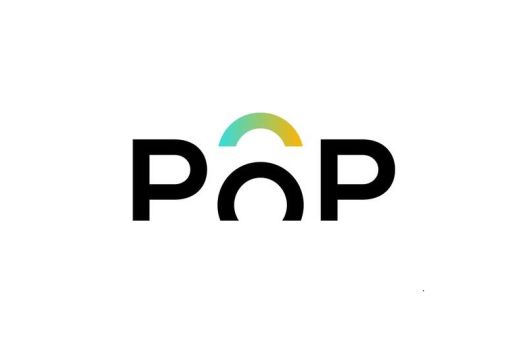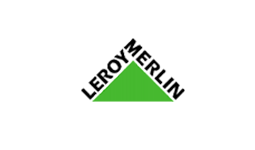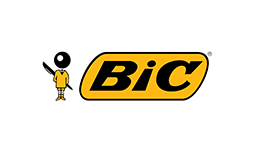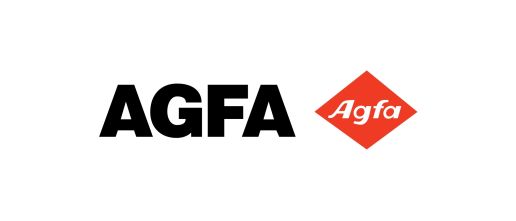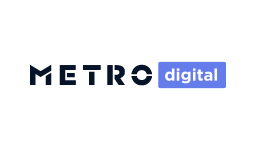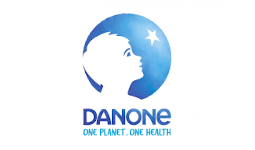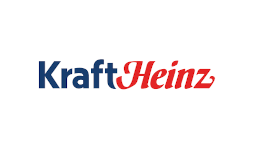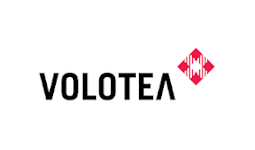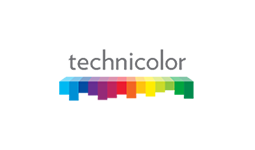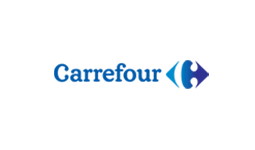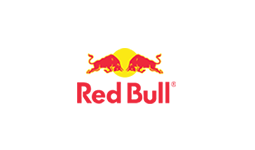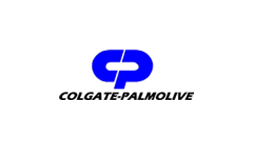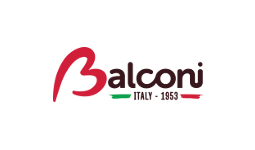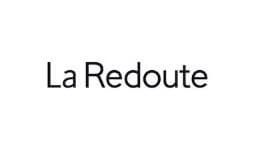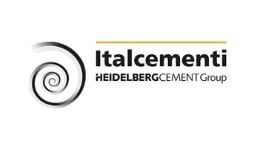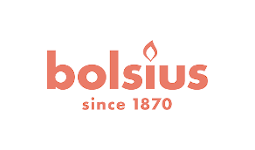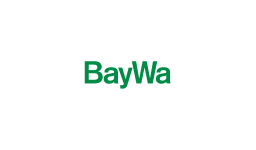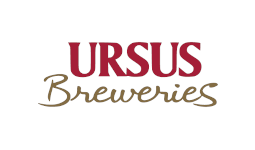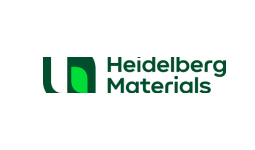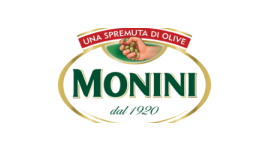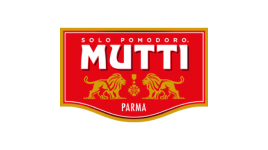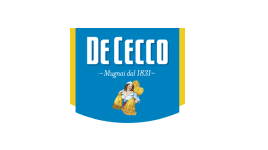

In B2G relations, the regulations introduced in Germany oblige suppliers to send e-invoices to German public administration units (at the federal level). Therefore, area suppliers for German public administration institutions are obliged to send them structured e-invoices in accordance with the rules. Invoices in PDF format are not accepted, and only files created in the appropriate document format, such as Xrechnung are valid. The German B2G e-invoicing system is decentralized. The access points for receiving B2G e-invoices from suppliers at the federal level are the ZRE and OZG RE platforms. At the state level, each state can choose to use the central government platform or other systems (or none at all). For now, all companies in selected states such as Mecklenburg-Western Pomerania, Saarland and Hamburg, Bremen, Saarland and Baden Württemberg and doing business with public entities should use structured electronic invoices.


B2B e-invoicing remains optional, but the German government intends to introduce e-invoicing in 2025 to combat VAT fraud. After the changes that were announced in March 2024, the phased introduction of a federal B2B e-invoicing framework will begin in January 2025. The majority of obligations will apply when issuers and recipients of invoices are based in Germany (including foreign companies established in Germany) and shall not apply to B2C and VAT-exempt transactions. Mandatory e-invoices will have to comply with CEN, which is the standard of the European Committee for Standardization. No other country has made such an obligation so far, so Germany is a pioneer in the area of CEN compliance. The authorities are keeping in mind the EU's 'VAT in the Digital Age' ('ViDA') as part of the 2028 e-invoicing requirement for cross-border invoices.
There are plans to introduce a certified provider network instead of a central platform and gradual rollout. German mandate will NOT be a Continuous Transaction Control model. The changes to be introduced are related to the modification of the definition of electronic invoices within the local VAT Act.

As part of the transition period, which will begin being implemented from January 1, 2025, to January 1, 2028, e-invoices that do not comply with CEN still will be accepted but under certain conditions. However, it will be required to transmit them via EDI and give the recipient's consent to such an invoice format. This means that to proceed with the exchange of existing non-CEN-compliant formats (e.g. EDIFACT, VDA, X12, TRADACOM, etc.), the consent of all recipients must be obtained. EDIFACT will likely be possible to use as long as the format is going to be interoperable with the CEN Norm.
The sender of a CEN-compliant electronic invoice will not need the consent of the recipient of the electronic invoice to send it. A non-CEN-compliant electronic invoice will have the same legal classification as a paper invoice: however, it will be classified under the "Other invoices" category. Exemptions from the electronic invoicing obligation are currently being discussed for small invoices below €250 according to § 33 UStDV and for travel documents according to § 34 UStDV.


The German government asked the EC at the end of 2022 for permission to introduce mandatory B2B e-invoicing and has received positive feedback. Germany received a temporary exception starting from January 1, 2025, until December 31, 2027. The implementation timeline is as follows:

At the federal level there are two platforms: ZRE and OZG-RE. ZRE (the Zentrale Rechnungseingangsplattform) is a platform for sending e-invoices directly to the German federal administration. Platform for sending e-invoices indirectly to the German federal administration is OZG-RE (the Onlinezugangsgesetz-konforme Rechnungseingangsplattform). The OZG-RE (Online Access Act compliant e-invoice platform) features a PEPPOL interface.
At the sate level there are numerous platforms such as SH Portal in Schleswig-Holstein, Elektronische Poststelle in Hamburg, NAVO in Lower Saxony, zERIKA in Bremen, NRW in North Rhine-Westphalia, RLP in Rhineland-Palatinate and Zentraler Rechnungseingang in Baden-Württemberg, RLP in Saarland.
An official B2G e-Invoice format is XRechnung. File in XRechnung format can be sent using one of many transmission channels, such as the German ZRE, OZG RE, VPX platforms, as well as the European PEPPOL network.

In Germany, the required format for B2G invoices is XRechnung. This is an XML-based semantic data model that complies with the European standard EN 16931 and is a response to the CEN standard (CEN/TC 434). Other formats, such as ZUGFeRD, ZUGFeRD 2.0, ZUGFeRD 2.1, Peppol BIS, Peppol BIS 3.0, CII, PDF/A-3, are valid for B2B transactions. Still, all suppliers to the German public administration are required to switch to X-Rechnung.

Qualified Electronic Signature is one of the accepted methods. Data sealed with a qualified electronic seal enjoy the presumption of integrity and authenticity.
Comarch provides full coverage of the B2G mandates in Germany on Federal State level. Comarch is a member of the German Institute for Digitalization in Tax Law (IDST) Association and developed its solution called “Comarch E-mail Converter,” which will approach upcoming customer challenges in 2025.

We have 20+ years of experience in carrying out various EDI, e-invoicing, and other document exchange projects around the world. In those years, we have successfully connected more than 130,000 entities from over 60 countries.
Full compliance with the latest data exchange regulations and modern data transfer standards
Applying new technologies and IT solutions in order to streamline workflows and automate activities and procedures
Tailor-made solutions based on processes specific to each company – own road map and a suitable pace of changes
Highest level of security for all sensitive and important company data
Germany intends to introduce a countrywide phased B2B e-invoicing in 2025.
The German B2G e-invoicing system is decentralized. The access points for the reception of B2G e-invoices from suppliers at the federal level are the platforms ZRE and OZG RE. At state level, each state could opt to use the central government’s platform or other systems (or none).
Qualified Electronic Signature is one of the accepted methods. Data sealed with a qualified electronic seal enjoy the presumption of integrity and authenticity.
Storage period: 10 years
XRechnung is an XML-based invoice format preferred by German authorities, fulfilling the criteria of the European core calculation and being the response to the CEN standard (CEN/TC 434). Other formats, such as ZUGFeRD 2.0 or Factur-X, are expected to remain applicable for B2B transactions, but all suppliers for the German public administration will be obliged to switch to X-Rechnung.
An XRechnung file can be sent via one of the many transmission channels, such as the German ZRE, OZG RE, and VPX platforms
For now, all companies in selected states such as Mecklenburg-Western Pomerania, Saarland and Hamburg that are doing business with public entities should use structured electronic invoices. B2B e-invoicing remains optional.
All companies making B2G transactions in following states:
An e-invoice is an electronic invoice document in a structured, machine-readable format that enables automated processing. In contrast, unstructured invoices, such as PDFs or paper documents, are only readable by humans and require more effort to read (e.g. with OCR or a PDF extractor). Structured formats such as XML, UBL or EDIFACT fulfil legal requirements and promote interoperability.
Since 1 January 2025, companies have been obliged to accept and technically process electronic invoices in structured format in accordance with CEN standard EN 16931. This means: If an e-invoice that complies with CEN standard EN 16931 (including current versions of XRechnung or ZUGFeRD) is sent, the recipient's consent is not required - the e-invoice may not be rejected.
The sending of electronic invoices that do not correspond to the structured format in accordance with CEN standard EN 16931 requires the consent of the recipient and can therefore be rejected by the recipient if this is not available.
During the transitional period, however, the invoice issuer can continue to issue invoices in paper form without the recipient's consent.
Invoice recipients must be able to process electronic invoices that are compliant with CEN standard EN 16931. Agreement on a specific format is not mandatory, but can increase the efficiency of the invoicing process.
You should always be prepared to receive and process electronic invoice formats that comply with CEN standard EN 16931. The market study on the implementation of mandatory e-invoicing in Germany, conducted jointly with Fraunhofer IAO, provides insight into which formats are popular for invoicing → to the study.
Yes, PDF invoices can continue to be exchanged until 31 December 2026 with the consent of the recipient. For companies with an annual turnover of less than EUR 800,000, this option applies until 31 December 2027.
There is no formal requirement for consent, so it can also be given implicitly or tacitly, e.g. by paying the invoice.
In principle, there are no legal requirements for electronic transmission, or EDI interfaces, web portals, PEPPOL and e-mail channels can be used. When choosing a suitable transmission channel, it makes sense to differentiate between the size and type of business partner with whom you exchange invoices.
Since 2011, the tax authorities have waived specific technical requirements in relation to the transmission of invoices, provided that the authenticity of the origin and the integrity of the content are guaranteed by internal control systems. This also applies to the input tax deduction associated with these invoices.
The fears of a double sales tax liability for invoices sent in paper and electronic form have already been dispelled by a letter from the Federal Ministry of Finance dated 2 July 2012. Even if multiple copies of the same invoice with identical content are sent without duplicate or copy labelling, the supplier is not liable for VAT more than once.
It is important to note that the authenticity of the origin, the integrity of the content and the legibility of the invoice must be guaranteed by an internal control procedure, unless a qualified electronic signature is used or the invoice is transmitted via electronic data interchange (EDI).
Every entrepreneur is free to decide how to ensure the authenticity of the origin, the integrity of the content and the legibility of the invoice, e.g. an internal control procedure can be used to create a reliable audit trail between the invoice and the service.
Existing formats can continue to be used as long as they correspond to the structured electronic format of an electronic invoice in accordance with Section 14 (1) sentence 6 UStG:
"The structured electronic format of an electronic invoice
1. is required to comply with the European standard for electronic invoicing and the list of corresponding syntaxes in accordance with Directive 2014/55/EU of the European Parliament and of the Council of 16 April 2014 on electronic invoicing in public procurement (OJ L 133, 6.5.2014, p. 1) or
2. can be agreed between the invoice issuer and the invoice recipient. The prerequisite is that the format enables the correct and complete extraction of the information required under this Act from the electronic invoice into a format that corresponds to the standard under number 1 or is interoperable with it."
Which formats are interoperable can be determined from a technical point of view: It must contain all mandatory fields specified by the CEN standard and be convertible into a format that conforms to the CEN standard. If the aforementioned EDI formats iDoc, EDIFACT, X12, VDA or ODETTE are supplemented by any missing mandatory data, interoperability should be available.
The European standard on E-Invoicing (EN 16931) can be viewed on the official website of the European Commission:
https://ec.europa.eu/digital-building-blocks/sites/display/DIGITAL/Obtaining+a+copy+of+the+European+standard+on+eInvoicing
There are various formats that fulfil the requirements of the semantic data model of the European standard EN 16931. This data model was specified for the syntaxes UBL 2.1 (Universal Business Language) and CII D16B (Cross Industry Invoice). The member states can introduce their own standards or concretisation of the standard (so-called CIUS) on the basis of this standard or even extend it. Accordingly, there are several standards throughout Europe that fulfil the requirements of the standard. In Germany, the most commonly used formats are XRechnung and ZUGFeRD.
A format is considered interoperable if the information required under VAT law can be converted into a format that complies with CEN standard EN 16931 without any loss of information. A technical check can help to identify missing mandatory data.
The respective responsible organisations deal with the further development of the CEN standard EN 16931 as well as national adaptations of the standard (so-called CIUS) or extensions. Comarch is actively involved in the design of e-invoicing specifications across countries and is also involved in the further development of e-invoicing standards in the B2B context in Germany.
If you find that certain information or validations are not currently covered by the standard, please do not hesitate to contact us. We will bring such requirements to the relevant working groups. Please note, however, that changes to the standard are typically associated with a longer implementation period due to fixed release cycles and extensive coordination and approval processes with all EU member states.
It has been officially announced that the structured part of a ZUGFeRD invoice has priority over the non-structured PDF part. In case of doubt, the structured part will always apply. It therefore makes sense to use only the structured part of the invoice for posting and archiving purposes.
Common browsers or text editors can be used to make structured files readable. There are also special software tools that enable a user-friendly display, just as a corresponding programme is required to display PDF files.
There is no centralised government platform for the exchange of structured invoices. Business partners are free to choose which transmission channel they wish to use. The exchange of structured invoices attached to an e-mail or the use of web portals is also possible.
The e-invoicing obligation applies to domestic B2B transactions. The correction of an e-invoice must also be made in the form prescribed for this. Intra-Community invoices are currently not affected by the obligation.
No penalties are currently planned. However, an invoice that is not issued in accordance with the regulations may result in no input tax deduction being granted in accordance with Section 15 (1) sentence 1 no. 1 of the German Value Added Tax Act (UStG). In addition, conflicts may arise between business partners, for example with regard to payment and possible reminders.
The e-invoicing obligation in Germany is part of a larger EU project: The ViDA initiative aims to modernise the European Union's value added tax system. It is therefore planned that in future electronic invoices will be reported to an IT system of the government of the individual states for the purpose of tax audits. The EU countries will probably in turn have to report their collected data to an EU system.
Get an overview with the roadmap for the smooth introduction of e-invoicing in Germany and receive practical tips on how to implement e-invoicing in a legally compliant and efficient manner and integrate it into your existing processes.
Discuss your requirements and wishes with our Legal & Consulting team now and fully utilise the potential of e-invoicing:
Yes, in most European countries it is legally permitted to replace paper invoices with electronic invoices, especially if these are sent via EDI systems . The EU Directive 2010/45/EU supports this transition, and many countries have adapted their legislation accordingly. In Germany, paper invoices will in future be classed as "other invoices" and will gradually no longer be permitted for exchange.
E-invoicing is heavily regulated by law, as it enables invoices to be checked in real time for compliance with tax regulations. This helps to combat tax fraud and close the VAT gap. Countries with high financial requirements or high tax evasion tend to introduce stricter e-invoicing regulations.
EU Directive 2014/55/EU obliges public contracting authorities in the EU to be able to receive and process electronic invoices. It defines a uniform standard for e-invoices in order to improve interoperability and efficiency in public procurement.
Yes, if a company switches to electronic invoices, it is legally obliged to archive them in electronic form. This ensures traceability and compliance with tax retention obligations. You can find more information on this in the GOBD 2.0 of the legislator.
Yes, Comarch E-Invoicing is designed for multinational companies and supports compliance with international e-invoicing regulations. The solution enables the digital exchange of invoices with authorities (B2G), companies (B2B) and customers (B2C) worldwide and ensures compliance with local legal requirements.
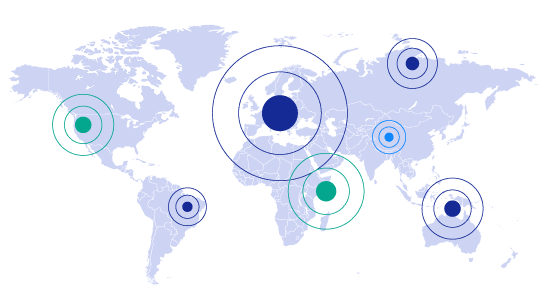
Make sure your business meets international standards with the Comarch e-Invoicing platform, trusted in more than 60 countries. Enjoy hassle-free integration and continuous compliance updates.
